Warcraft Retrospective 18: Reign of Chaos Manual, the Newcomers
Today we’re looking at the rest of the Reign of Chaos manual, the factions we’ll be seeing for the first time: the undead Scourge, night elf Sentinels, and demonic Burning Legion. The latter is a pure antagonist unplayable faction, though they were planned as playable at one point in Warcraft 3 development.
In the manual, these three factions are described in that order, but I’m going to talk about them in reverse order: demons first, then night elves, then undead. This way, we’ll follow in-universe chronology and the chain of cause and effect, and see how one thing leads to another.
Speaking of cause and effect, now is a good time to talk about…
Domino Worldbuilding
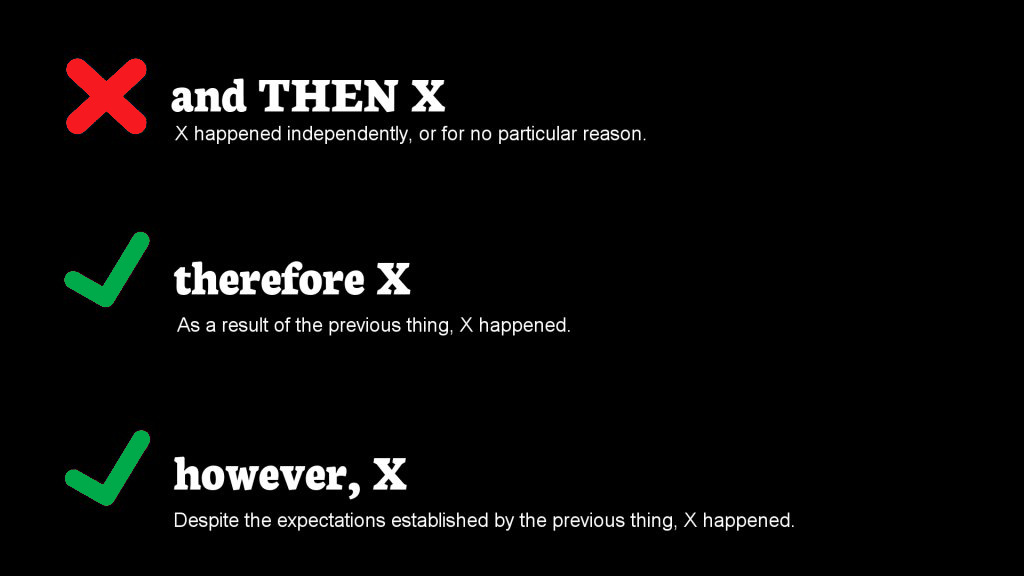
In a well-known video, South Park creators Trey Parker and Matt Stone give some writing advice about stringing acts together into a narrative. And one thing they highlight is that if the individual scenes and acts are connected by the words “and then”, the story is probably going to feel unsatisfying. It will feel like a random-events plot, where this happens, and then that happens, and it all adds up to nothing in particular.
Instead, the acts of a story should be connected by the words “therefore” or “but”. Either A happens and, as a logical consequence, B happens — or alternatively, A happens, and the audience expects B to happen, but in defiance of its expectations, C happens instead.
In his essay “Domino Worldbuilding and the Brilliance of Mass Effect”, Shamus Young praises the cohesion and believability of the backstory of the Mass Effect universe that was achieved by following this principle.
- The salarians, one of the three ruling races of the galaxy, are by their nature curious and inventive. Therefore, they start poking around the mass relays, devices for faster-than-light travel left behind by a precursor civilization. But they accidentally open an inactive mass relay into a portion of the galaxy inhabited by the rachni, a really alien alien insectoid race. Therefore, the rachni invade the already settled parts of the galaxy, ruining everything in their path.
- But the salarians find a solution: the krogan. They are a very aggressive and fast-breeding race because of the hellish conditions of the world they evolved on. Their civilization is still pre-spacefaring, therefore the salarians arm and uplift them and let them loose on the rachni. The krogan win and are given new planets to settle on. This kind of shortsighted solution is perfectly in-character for the short-lived salarians, not that concerned about the distant future.
- Because of the more favorable conditions of their colony worlds, the krogan population explodes. Therefore, they attack the other races to get even more living space for themselves. Therefore, the salarians hit them with the genophage, a sterility plague intended to reduce their population growth to sustainable levels. The krogan are, understandably, very pissed about this.
- An uneasy peace settles in the galaxy. Because of the rachni incident, exploration of dormant mass relays is banned. But the status quo is disrupted when new kids arrive on the block: the humans. Not knowing about galactic law and the historical reason for it, they start poking around their neighborhood and activating dormant mass relays, which therefore leads them into open war with the turians, who act as the galactic peacekeepers. Therefore, even though the war doesn’t last long, the relations between the two races get soured for many years to come.
And that’s what Shamus Young calls “domino worldbuilding” — because, like a falling chain of dominoes, one thing leads to another in a way that feels tragically inevitable.
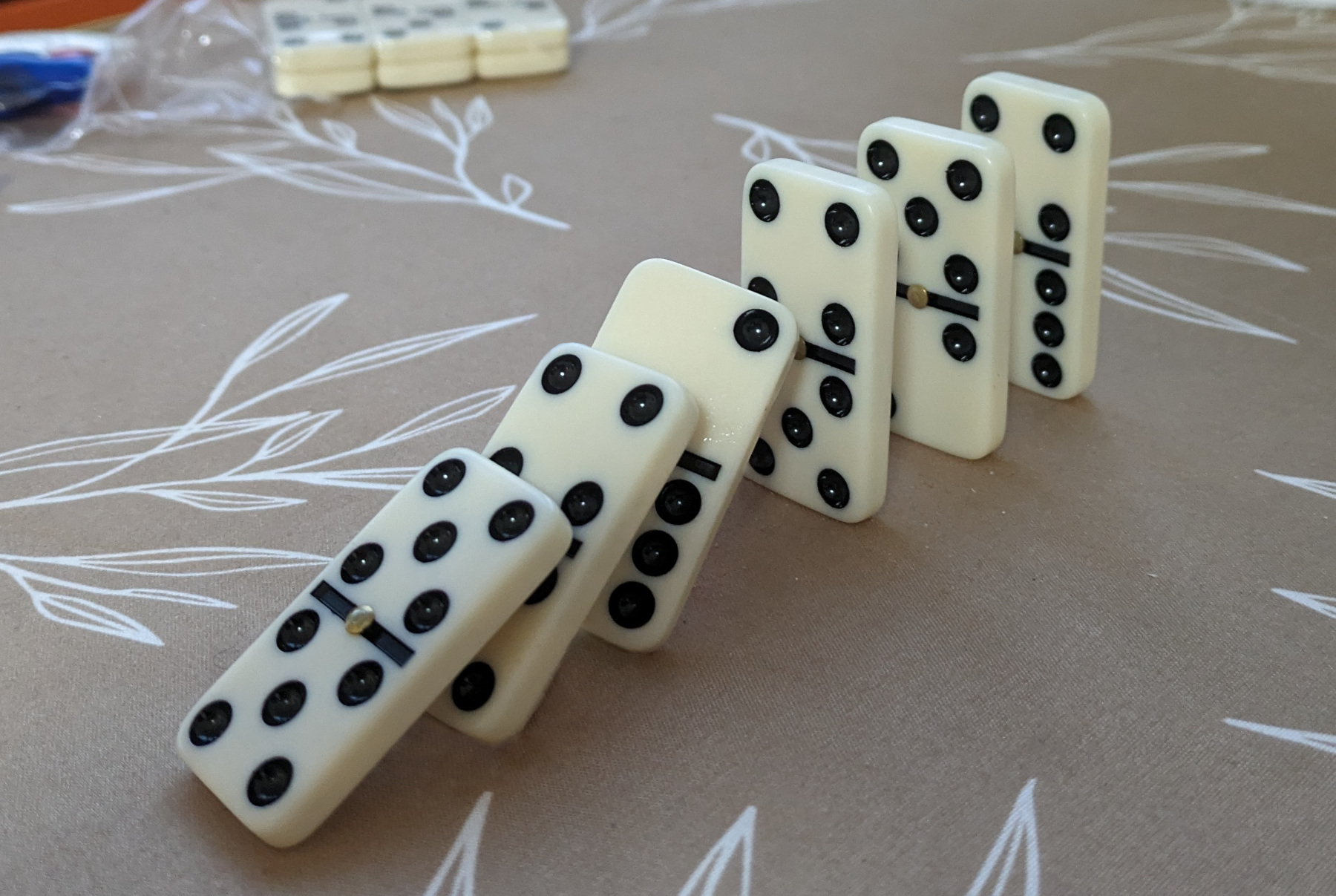
Chris Metzen used domino worldbuilding to great effect in Warcraft, which is part of what makes the setting’s backstory so vivid and memorable.
The Manual (The Rest of It)
The Burning Legion
In the beginning… Well, nobody knows what was in the beginning beginning, but eventually, a colossal metallic-skinned race of divine beings emerged, called the Titans. They made it it their quest to order the universe and safeguard its life, and did it to a hundred million worlds scattered across the Great Dark Beyond. Along the way, they encountered the Twisting Nether, filled with demons — malevolent beings who sought to destroy all life. The Titans, being good-hearted by nature, were unable to conceive of such evil.
The Titans’ champion, Sargeras, defeated and imprisoned the demons, most notably the sorcerous eredar and the vampiric nathrezim (also known as dreadlords). However, dealing with the demons and the sheer malice they represented deeply disturbed him and eventually drove him to madness. He “began to believe that the concept of order itself was folly – and that chaos and depravity were the only absolutes within the dark, lonely universe”. He held his fellow Titans responsible for the failure of creation, and decided to undo their works and scour the universe of life.
To this end, Sargeras shattered the prisons for demons that he himself built, and put the eredar and nathrezim at the head of his new world-purging army — the Burning Legion. His lieutenants were two eredar: Kil’jaeden the Deceiver, who sought races across the universe to corrupt and put to use, and Archimonde the Defiler, who led Sargeras’s armies in battle. Also of note were Tichondrius the Darkener, first among the dreadlords, and Mannoroth, the leader of the pit lords.
Meanwhile, the Titans continued to order worlds across the Great Dark, seemingly unaware of Sargeras’s corruption. They found a world that would later be called Azeroth1, defeated its raging elementals, and imprisoned the five2 evil beings they worshipped — known only as the Old Gods — beneath the earth.
The Titans reshaped the lands of Azeroth into a single supercontinent called Kalimdor, the “land of eternal starlight”, and placed a shimmering lake of great magical power, known as the Well of Eternity, at its center to nourish the land. They empowered the five Dragon Aspects to watch over the world, then left, not yet knowing that the Well of Eternity would attract the attention of Sargeras.
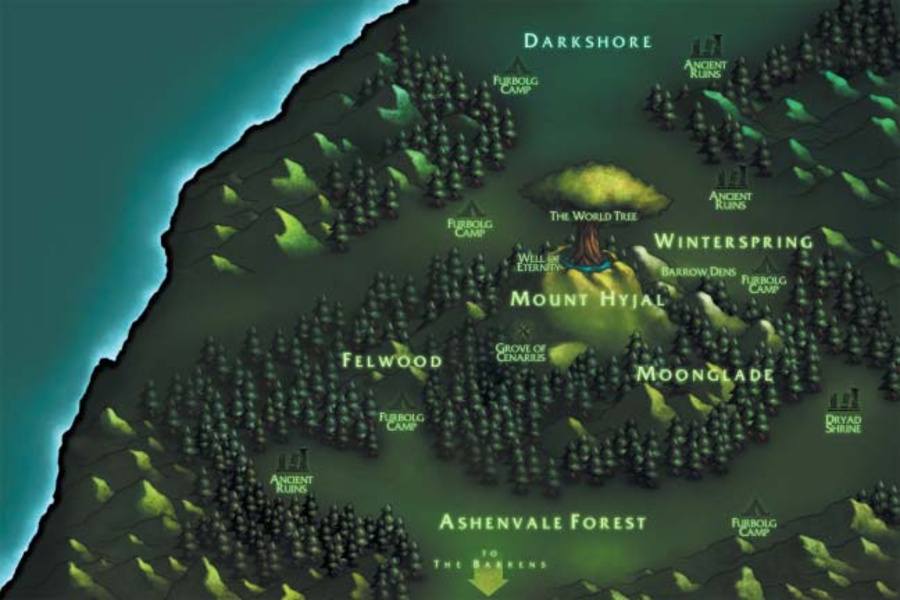
The Night Elves
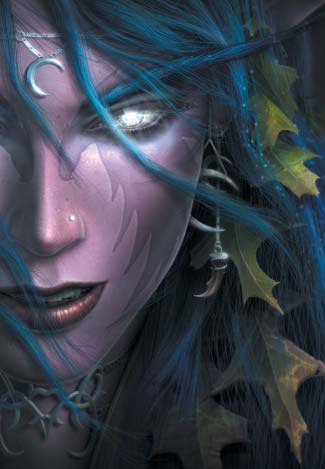
Ten thousand years ago, all lands were one, and the Well of Eternity swirled in its center. And long before that time, a tribe of nocturnal humanoids first came to the Well’s shores. Its energies turned them into strong, wise, and near-immortal beings who called themselves the kaldorei, or “children of the stars”. Today, they are known as night elves.
The kaldorei worshiped the moon goddess Elune, believing she slept in the Well during the day. Their curiosity and willingness to explore ancient Kalimdor brought them in contact with many diverse creatures, and they befriended a number of powerful entities, among them the demigod Cenarius, who taught them to cherish the beauty and balance of the natural world.
As night elf civilization expanded, their beautiful and beloved leader, Queen Azshara, built a magnificent palace on the shores of the Well of Eternity. She surrounded herself with yes-people who called themselves the quel’dorei, or high-borne [sic], and came to see themselves as a higher caste than the rest of the night elves. Despite Cenarius’s warnings, Azshara and the high-borne endlessly probed the secrets of the Well of Eternity in search for ever greater magical power, until at last disaster struck.
The energies emanating from the Well of Eternity attracted the attention of Sargeras. He enthralled Queen Azshara and the high-borne with his magnificent power, and they turned the Well of Eternity into a portal through which the Burning Legion invaded Azeroth, leading to the War of the Ancients.
The world was saved through the actions of three heroes: the young scholar Furion Stormrage, his magic-seeking brother Illidan, and the idealistic priestess Tyrande Whisperwind, who was loved by both brothers, but only loved Furion in return. Allying with Cenarius and the dragons, they pushed back the demons, culminating in a climactic battle in Azshara’s capital city.
Furion believed that the Well of Eternity was the demons’ link to Azeroth, and insisted it needed to be destroyed — even if it was the source of the night elves’ immortality and powers. In his battle with Azshara, the Well of Eternity unraveled in an explosion, sundering the world and sinking nearly eighty percent of Kalimdor’s landmass. In its place there now was a gigantic whirlpool known as the Maelstrom.
The few surviving night elves, among them Tyrande and Furion, reached their holy mountain, Hyjal. However, they discovered that Illidan had got their first and filled the lake on top of the mountain with the waters of the Well of Eternity, turning it into a new Well, as he believed magic needed to be preserved at all costs. As punishment, and with Cenarius’s help, Furion confined his brother to an underground prison until the end of time. After that, Furion and his followers turned to the ancient arts of druidism to heal the world.
However, as long as the second Well of Eternity existed, the Burning Legion could still one day find their way into the world. To prevent this from happening, Furion made pact with three Dragon Aspects. Alexstrasza placed an enchanted acorn in the Well, which grew into the World Tree Nordrassil, through which healing energies spread across the land. Nozdormu blessed the night elves with immortality and protection from disease for as long as the tree existed. And Ysera linked Nordrassil to her ethereal realm, the Emerald Dream, inviting the druids to roam it for centuries to come in their sleep.
The high-borne, however, refused to give up their practice of magic. They gathered under a leader called Dath’Remar, who unleased a terrible magical storm upon Ashenvale Forest. The druids, not willing to shed any more blood of their kin, exiled the high-borne from kaldorei lands in response. Dath’Remar and his followers crossed the sea that now separated the surviving continents, and eventually founded the kingdom of Quel’Thalas on the eastern shores of Lordaeron, abandoning their nocturnal ways and becoming known as high elves.
With the high-borne gone, the night elves turned back to protecting their homeland. Furion and the other druids went to slumber in the Emerald Dream, despite Tyrande’s plea to her lover not to abandon her. Now left to her own devices, Tyrande founded an army of warrior women called the Sentinels. As Tyrande herself, now the leading priestess of Elune, felt lost and alone without Furion, the Sentinels and their allies — the dryads and the keepers of the grove, children of Cenarius — ceaselessly patrolled Ashenvale in their Long Vigil, ever remembering that the Burning Legion may one day return.
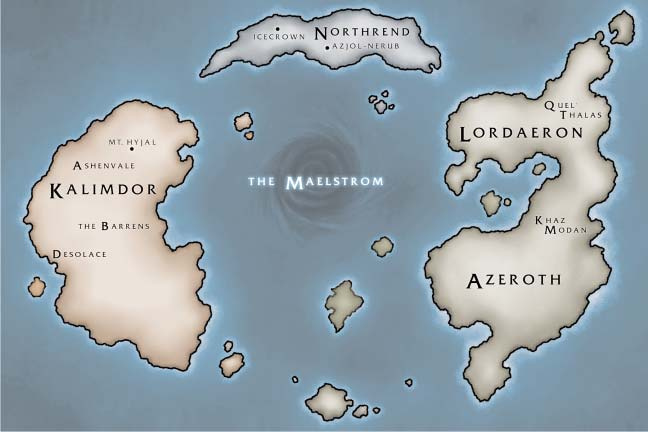
The Undead

In the ten thousand years between the Sundering and the First War, the major historical events of Azeroth were… er… um…
We don’t know yet.
Nonetheless, we know that eventually, Kil’jaeden corrupted the orcs through Gul’dan, while Sargeras opened the Dark Portal through Medivh. All the twists and turns of Warcraft 1 and 2 happened, leading to Draenor exploding, the Alliance Expedition being cut off from Azeroth, the orcs being put in internment camps and eventually freed by Thrall, who returned the Horde to its shamanistic past…
Wait a minute, aren’t we forgetting someone?
This is actually another specific case of domino worldbuilding that Blizzard often uses for modern WoW expansions. Usually, an expansion has an A-plot and a B-plot and a C-plot, and shuffles them around to keep things interesting, but then there’s also a minor D-plot that gets overlooked, but ends up leading into the next expansion. Often this takes the form of one of the antagonists escaping among the fray and allying with the antagonists of the next expansion. Blizzard used this formula for Garrosh to introduce Warlords of Draenor, alternate Gul’dan for Legion, Sylvanas for Shadowlands, and Iridikron for The War Within.
And long before them all, poor Ner’zhul, overlooked and forgotten by everyone — who cares about a defeated orc with a handful of followers? — became the catalyst for the conflict of Warcraft 3.
You see, when Kil’jaeden decided to bring the orcs into the Legion’s service, he approached Ner’zhul first, but the elder shaman saw through him and showed him the door. Kil’jaeden found a more agreeable lackey in Ner’zhul’s apprentice, Gul’dan, who then went to cause the events of the First War and (indirectly) the Second War.
When Orgrim Doomhammer was defeated on Azeroth, Ner’zhul decided to find a way for the orcs to flee Draenor, fearing Kil’jaeden’s wrath. That’s why he opened the new portals — not for conquest. However, when Ner’zhul and his followers stepped into one of the new portals as Draenor was being torn apart around them, they were whisked straight into the Twisting Nether, into Kil’jaeden’s hands. And boy was he pissed.
Kil’jaeden tortured the orc until he agreed to obediently serve the Legion once again. His spirit was encased in a block of ice, infused with great power, and turned into the Lich King. Kil’jaeden promised that for loyal service, Ner’zhul would get a new, healthy body, though he never intended to honor that promise and Ner’zhul knew it.
The Lich King’s icy prison was thrust into the arctic northern continent of Azeroth — Northrend — with the dreadlords serving as his jailers. Ner’zhul then crafted and unleased the plague of undeath of the inhabitants of Northrend, the greatest of whom were a race of humanoid spiders known as the nerubians. Though they fought fiercely, in the end, the Lich King crushed the underground kingdom of Azjol-Nerub and reanimated the slain nerubians into undeath.
With Northrend conquered, the Lich King turned his gaze towards the human lands. There, he found a willing lieutenant: Kel’Thuzad, an Archmage of the Kirin Tor who got disillusioned with the perceived close-mindedness of his peers in Dalaran. Kel’Thuzad delved into the forbidden arts of necromancy, to the dismay of the rest of the Kirin Tor, and upon hearing the call of the Lich King from Northrend, he left behind all his titles and prestige and left Dalaran forever.
After months of trekking, Kel’Thuzad prostrated himself before the Frozen Throne, as Ner’zhul’s icy prison was called. The Lich King promised him immortality and great power in exchange for loyal service. Returning to Lordaeron, Kel’Thuzad used his fortune to build the secretive Cult of the Damned, promising his followers equality and eternal life, over the next three years.
Now it was time to unleash the plague of undeath on the unsuspecting kingdom…
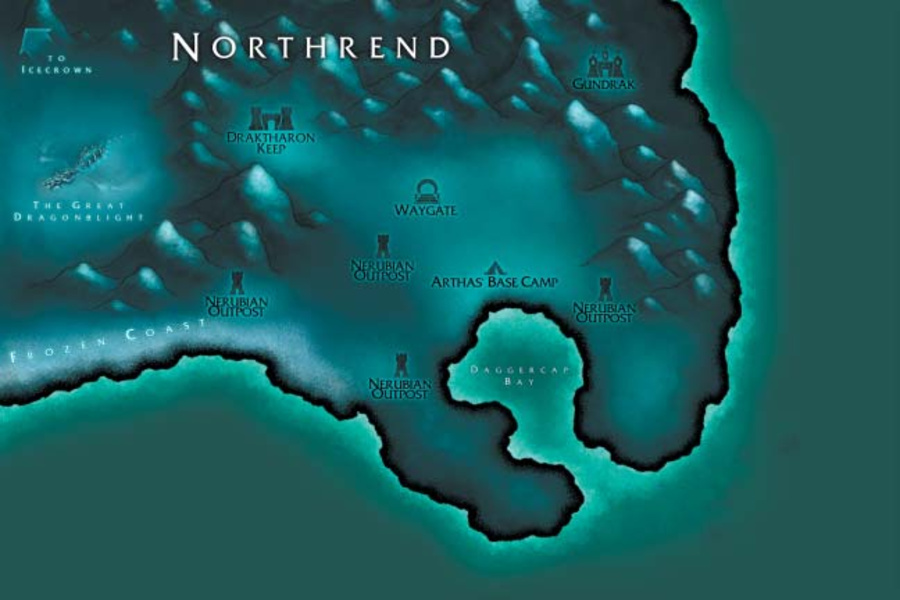
So, Let’s Recap…
The Titans ordered Azeroth, placing the Well of Eternity, a great source of magical power, at its center. This attracted the attention of Sargeras, a renegade Titan who assembled the Burning Legion to incinerate all creation. Therefore, the Legion tried to invade Azeroth, but was repelled by the night elves and their allies. Furion succeeded in sealing the way by destroying the Well of Eternity, but the resulting explosion destroyed much of the world’s landmass, as well as the Kaldorei Empire. The Well itself was no longer a danger, but Illidan created a second one, and therefore the druids were forced to grow the World Tree to neutralize it.
Therefore, seeing the destructive potential of magic, Furion and the druids banned it in the reformed night elf society. But the high-borne disagreed with this decision and were therefore exiled. Dath’Remar led the high-borne exiles across the sea, where they founded Quel’Thalas on the eastern continent and eventually came into contact with the humans. Over time, the high-borne exiles changed physically, becoming the high elves.
And as we know from The Last Guardian, the Well of Eternity’s energy wasn’t destroyed — rather, it dissipated across the world, creating an ambient magic field that its denizens could tap into. The humans studied magic too, and founded the magocracy of Dalaran, populated by both humans and high elves. However, magic still attracted demons to Azeroth, therefore the Order of Tirisfal was founded to safeguard the world from them.
But Sargeras didn’t abandon his quest to conquer Azeroth, and hatched a plan. He sent an avatar of himself to Azeroth, then possessed Guardian Aegwynn’s unborn child, who grew up into the next and final Guardian, Medivh. Having the Guardian’s power and position at his disposal, Sargeras-as-Medivh opened the Dark Portal, leading the orcs into Azeroth — the orcs who themselves were corrupted by the Burning Legion through Gul’dan and his warlocks.
The orcs fought the Alliance, but were eventually defeated and put into internment camps. Thrall matured in captivity, roused his people and reformed the Horde, laying low avoiding new conflict with the Alliance for now. But the Legion found a new use for Ner’zhul, turning him into the Lich King. And as long as Dalaran existed, there would be mages trying to push the boundaries of knowledge, even if it meant delving into forbidden dark arts — like Kel’Thuzad did.
For a pulpy video game world, this is really well thought out. One historical event flows into another, and you can see the tragic inevitability of it all. It also organically builds on the material that came before. We knew the orcs of Warcraft 1 consorted with demons, and we knew about Kil’jaeden and Sargeras, and the latter’s connection to Medivh, since Warcraft 2.
And there’s a theme emerging. We see, again and again, how the road to ruin, both personal and world-shaking, is paved with good intentions. This will be a prevalent theme in Warcraft 3 itself, too.
It’s certainly better than suddenly introducing a new villain you never heard of and claiming he was secretly behind everything all this time.
And So We Get To…
There is actually one more section in the manual — the bestiary. Since it lacks pictures, I won’t deal with the many, many old and new creatures populating Azeroth for now, instead I’ll comment on them when we encounter them in the campaign.
To quote Syelia in the Warcraft Retrospective forum thread:
One huge contribution Warcraft 3 gave to the universe that I haven’t seen mentioned often was through its levelling system which introduced huge amount of creatures into the world that weren’t shown before. While WoW started its development years before Warcraft 3 was released, so the races filling the world would have likely been created for the MMORPG anyway, it was still Warcraft 3 where they first appeared as creeps and mercenaries.
It´s because of Warcraft 3 that the world we saw in WoW was inhabited mostly by familiar races (that we promptly got to kill for loot) instead of random new stuff.
It’s amazing to see how one thing naturally led to another. Warcraft 3 was designed around the concept of heroes leading stacks, gaining experience and leveling, so the developers needed a lot of diverse enemies to inhabit the in-game maps. Then they thought about ecosystems for these creatures to exist in, and eventually used the already established creature roster to populate World of Warcraft as well.
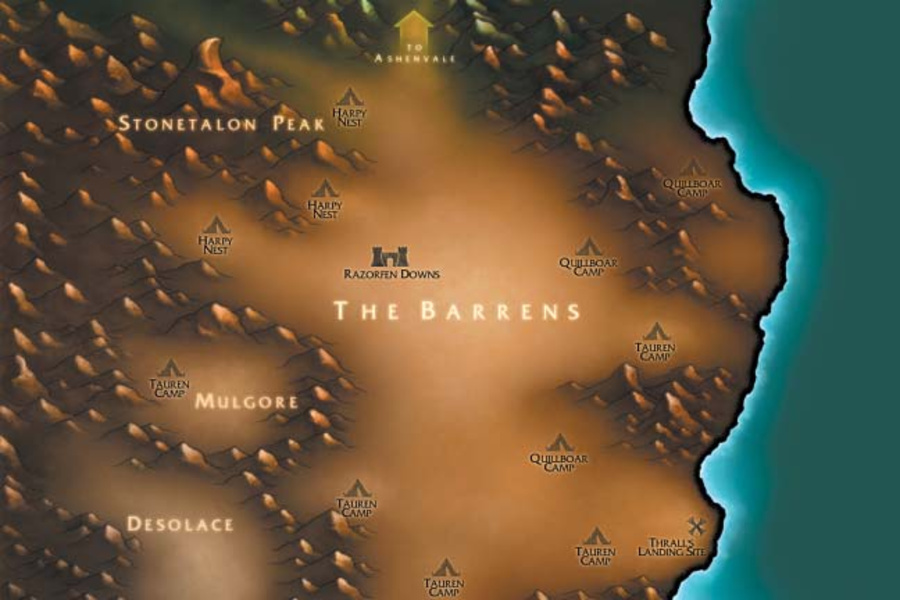
Now that we’ve gone through the manual, we’re going to actually play through the Warcraft 3: Reign of Chaos storyline.
Next up: the prologue campaign, Exodus of the Horde. One guess what happens in it.
Photo of falling dominoes taken by myself. Licensed under CC-BY-SA 4.0 International.
-
Confusingly, starting with the Warcraft 3 manual, the name “Azeroth” sometimes comes to refer to the entire world, and sometimes it retains its prior meaning of referring to the southern human kingdom. In modern Warcraft lore, Azeroth is the name of the world, while the kingdom is and has always been known as the Kingdom of Stormwind. Thankfully, from now on, we’ll see no more references to the “Kingdom of Azeroth” in Warcraft canon. ↩
-
Four in modern lore. Unless you count an artificial Old God created by the Titans for research purposes. It’s complicated. ↩
Leave a Comment